Security & Defense
EMP Threat Assessment
Recently Electromagnetic Pulse (EMP) threat assessment has been upgraded with recent executive orders from White House on EMP resilience: https://www.whitehouse.gov/presidential-actions/executive-order-coordinating-national-resilience-electromagnetic-pulses/
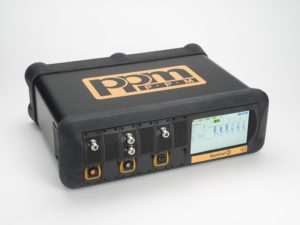
For Commercial and Military Aircraft safety, extensive Electromagnetic Pulse (EMP) testing is carried out. Sentinel3 Multichannel Analog Signal Fiber Optic Link with adjustable input signal gain, temperature compensation and frequency response up to 3GHz enables accurate time domain and frequency domain measurements. Single and 8-channel Shielded Transmitters and multichannel Receivers provide for up to 288 channels to be monitored from a single chassis. Applications include low level swept current and frequency for aircraft and MIL-STD-188-125 testing.
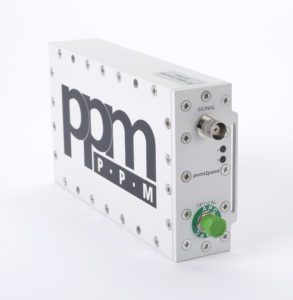
point2point (p2p) Single Analog Signal Channel Fiber Optic Links come in AC or DC-coupled versions, with bandwidth from DC-40MHz and to 3GHz for AC coupled links. Compact, EMP-Shielded enclosures allow for high e-field gradient applications. Remote control of Battery power On/Off is possible, allowing for single shot measurements to be set up well in advance. p2p links have been used extensively for MIL-STD-461-RS105.
Intruder/Weapon Detection
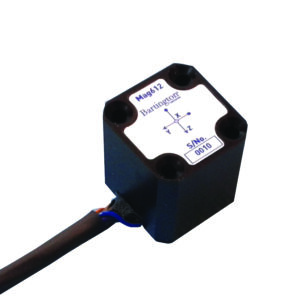
Magnetic measurements have been present in the defense sectors for decades. They are now finding their way into applications more closely related to the general public, and used in applications targeted at detecting ferromagnetic objects which can pose a threat to people’s safety.
Magnetic sensors can be used to detect ferromagnetic materials, and have been used in the past to detect vehicles or weapons by armed forces. Their high sensitivity means that they can detect large object from a long distance, or can detect smaller object. For defense application, sensors are usually integrated into unattended ground sensors (or UGS). Due to operational requirement, low power, high sensitivity and compact footprint are essential, with the Mag648/Mag649 and Mag900 being best suited. The same sensors can also be used in the marine environment to detect divers or other intruders into a harbor setting.
For civilian application a range of sensor offer high sensitivity and compact footprint. An example is the Mag612.
Naval Defense Applications
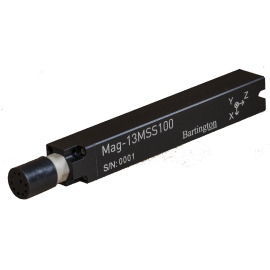
Magnetics in naval application has been used for decades. One aspect of the use of magnetic measurement is to measure the magnetic signature of vessels (surface or submarines). Knowing their signature help determining the level of degaussing required to remove this signature and reduce their vulnerability to mines or from detection. For this, high sensitivity submersible sensors are required, with the Mag-13MSS being the most suitable solution. These signature systems can be permanently installed, or deployable for a more versatile use in the theatre of operation.
As signature management is getting more complex, magnetometers, with the fluxgate at the forefront of the application, are now being used on board vessels as part of on-board degaussing system, whether these are open or closed-loop. Again, high precision sensors are required, though not necessarily submersible.
Aerospace
Whilst measurement of signatures is there to reduce threat of detection for example, the same sensors can also be used to detect ferromagnetic objects in water, with fluxgate used as part of anti-submarine warfare (ASW) sensor suite. Here sensors are used on board an aircraft or unmanned drone to mitigate the effect the aircraft has on the primary magnetometer which is used to detect submarines.
Other Defense Related
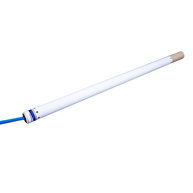
Magnetometers, including fluxgate gradiometers (Grad-13) can be of great assistance in detecting unexploded ordnance (UXO) both on land and underwater
